In the realm of global health and international development, effective collaboration between healthcare providers and aid organizations is critical. To ensure such collaboration, a professional approach grounded in problem-solving should be maintained, avoiding the focus on individual attitudes or behaviors.
Resource allocation is one such area where a healthcare provider may negotiate with an aid organization. Addressing communication gaps, differing prioritization of needs, or logistical challenges in distribution can lead to collaborative solutions. Similarly, in training collaboration, healthcare providers should focus on underlying issues such as scheduling conflicts or different training methodologies to establish a resolution.
When attempting to establish a partnership agreement, it’s pivotal not to place blame on individuals. Instead, resolving contentious points such as funding, resource management, or responsibility division should be the focus.
Focusing on interests rather than positions is crucial. By reconciling interests, solutions such as phased donations or shared medical training programs can be explored, leading to mutual gain.
The use of objective criteria should also be insisted on, such as using successful partnerships’ standard agreements as a foundation when negotiating a service delivery agreement.
Additionally, strategic planning of marketing to aid organizations is vital. Setting marketing goals, conducting audits, performing SWOT assessments, determining budgets, and constructing marketing campaign calendars with a tailored approach to aid organizations’ unique needs in different regions can lead to effective thought leadership-based marketing strategies.
Here are 5 specific strategies to cultivate a culture of collaboration between healthcare providers and aid organizations:
1. Establish clear communication channels: Establishing clear communication channels between healthcare providers and aid organizations can help in the effective collaboration of both parties. Communication channels should include regular meetings, clear objectives, and guidelines.
2. Foster a culture of problem-solving: Encouraging a culture of problem-solving can foster collaboration between healthcare providers and aid organizations. This can be achieved by organizing regular brainstorming sessions where both parties can share their experiences, propose solutions, and work collaboratively to achieve common goals.
3. Create a shared vision: Creating a shared vision for the collaboration can help align the efforts of both parties towards common objectives. This vision should be communicated clearly to all stakeholders and should highlight the importance of working collaboratively to achieve shared goals.
4. Promote mutual respect: Mutual respect should be promoted between healthcare providers and aid organizations. Both parties should acknowledge each other’s expertise, experiences, and contributions towards the collaboration. Acknowledging and respecting each other can lead to a more productive collaboration.
5. Monitor and evaluate progress: Monitoring and evaluating progress is crucial to track the effectiveness of the collaboration. This can be done by setting up key performance indicators, tracking progress, and evaluating the success of the collaboration. This can help identify areas for improvement and ensure that both parties are contributing towards the achievement of common objectives.
Overall, maintaining a professional approach focused on mutual gain with a problem-solving attitude can lead to effective collaboration and impact in the global health and international development sectors.


Your article helped me a lot, is there any more related content? Thanks!
You have mentioned very interesting details! ps decent site.Raise your business
Your article helped me a lot, is there any more related content? Thanks!